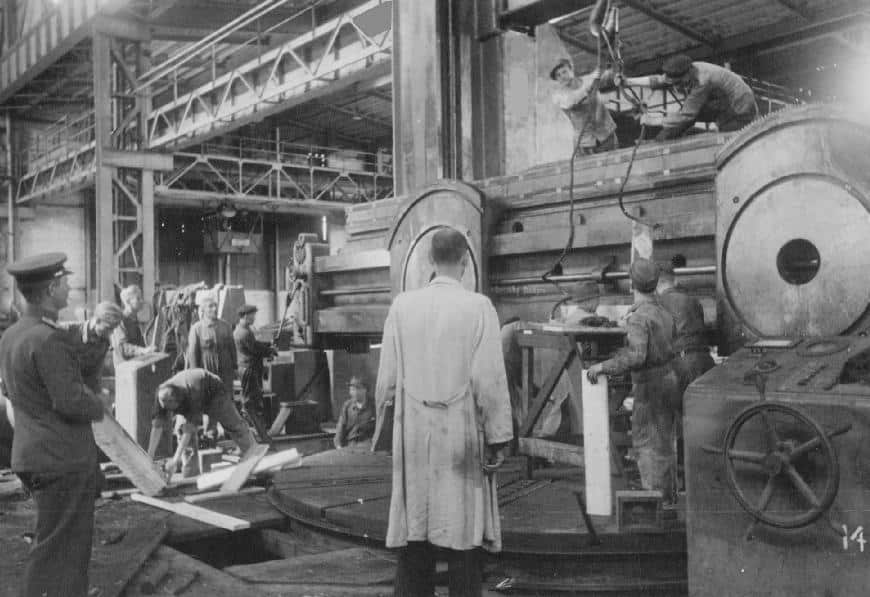The USSR had come out as a victor of World War 2. For this, great prices in both blood and material had been paid. Unlike the allies, the USSR did not prove to be as lenient on Germany following the war. They wanted the industrial might of Germany. The goal was to boost Soviet industry by using the advanced technology of defeated Nazi Germany by relocating factories and engineers to the USSR. One of the most famous examples of this was the relocation of the Carl Zeiss factory.
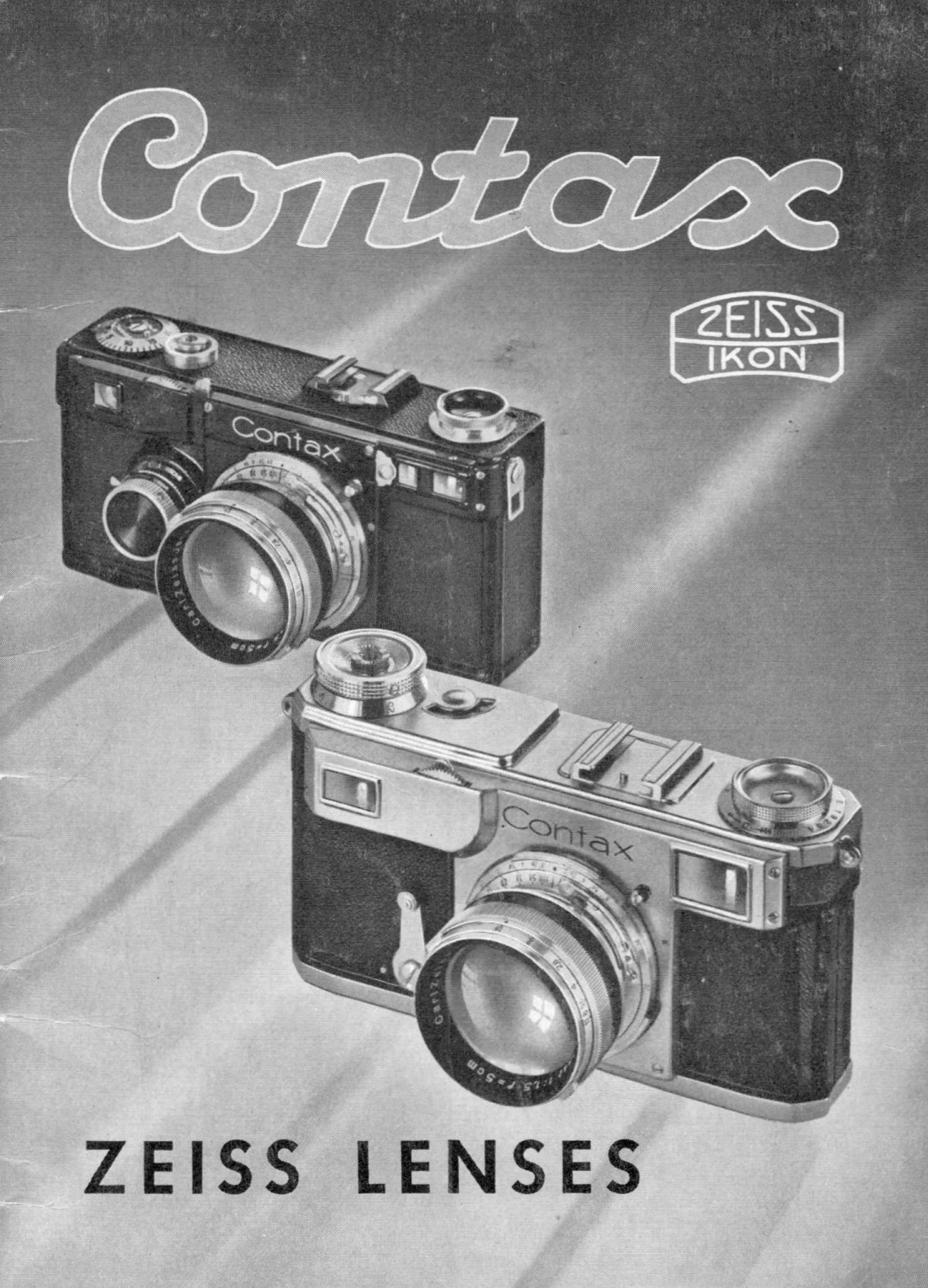
Old Contax I & II advertisement. Public Domain, via Zeiss
The Carl Zeiss Factory: From Jena to Kyiv
Carl Zeiss was a German company known for producing high-quality optics and cameras. One of their flagship products was the Contax II, a high-end 35mm camera admired around the world. After the war, the Soviets decided that they needed this advanced technology for themselves. So, they disassembled the entire Carl Zeiss factory in Jena, Germany, including all its equipment and machinery, and moved it to Kyiv, Ukraine.
But the Soviets didn’t stop at just moving the equipment. They also took some of the engineers and skilled workers from Carl Zeiss with them. These experts were vital to continue the production process in the new location. Soon enough, the factory in Kyiv started producing exact copies of the Contax II cameras, but they were now branded as “Kiev” cameras.
This was a perfect example of how the Soviet Union replicated German technology for its own use. The Kiev cameras were almost identical to the original German Contax models, and for many years, they remained popular among photographers in the USSR and beyond, regarded as the best of the Soviet cameras.
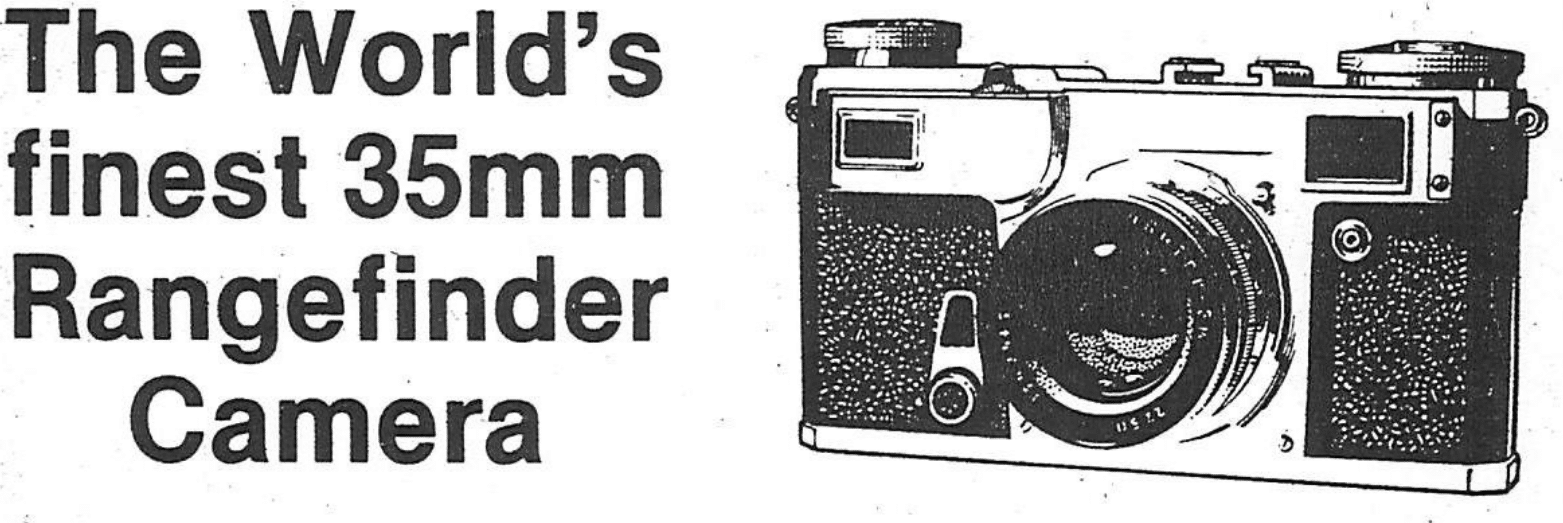
Old Kiev 4 Advertisement. Public Domain, via. Cambridge Camera Exchange Inc.
More Factories Relocated
The relocation of Carl Zeiss was not an isolated case. The Soviets transported many other factories from Germany to the USSR. Another prominent example was the relocation of factories related to aircraft production. The Junkers aircraft company, which had played a significant role in German aviation, was one of the many victims of this operation. Machinery, plans, and engineers were moved to the Soviet Union, where the production of aircraft using German technology continued.
Similarly, companies involved in other industries like shipbuilding, steel production, and chemicals saw their entire infrastructure packed up and sent east. The Soviets were determined to leverage German expertise to rapidly rebuild and expand their own industrial capacity.
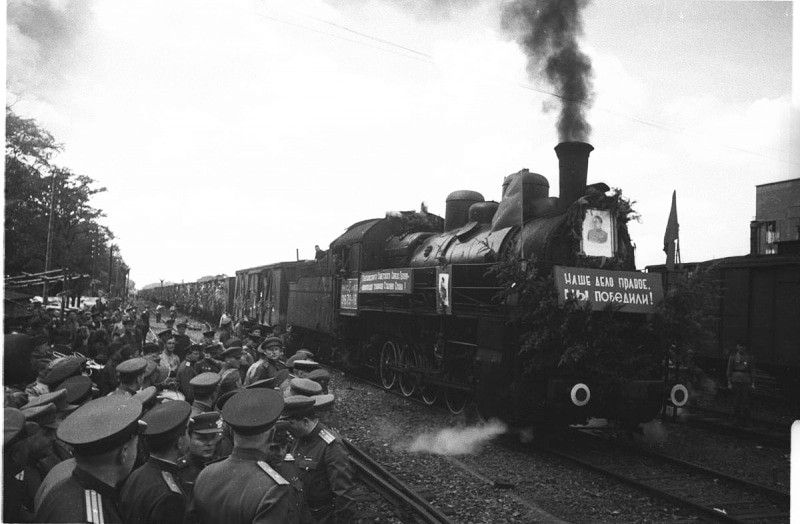
Soviet train taking soldiers and equipment home. Picture by Natalia Bode, Public domain, via Pinterest
The Challenges of Relocation
Transporting entire factories across hundreds, sometimes thousands, of kilometers was not an easy task. There were many logistical challenges. Machines that were precisely calibrated for production in Germany had to be disassembled and transported by train or truck to their new locations. The journey was often rough, and sensitive equipment could be damaged in transit, and repairing the expensive, intricate and delicate equipment was not always an option.
Once it arrived, everything had to be reassembled and installed. In some cases, things didn’t go as planned. Equipment was lost, parts were damaged, and sometimes machines simply didn’t work the same way they had in Germany. On top of that, the engineers and workers who were moved to the USSR didn’t always have the same materials or working conditions they had been used to in Germany. This could cause production delays or quality issues.
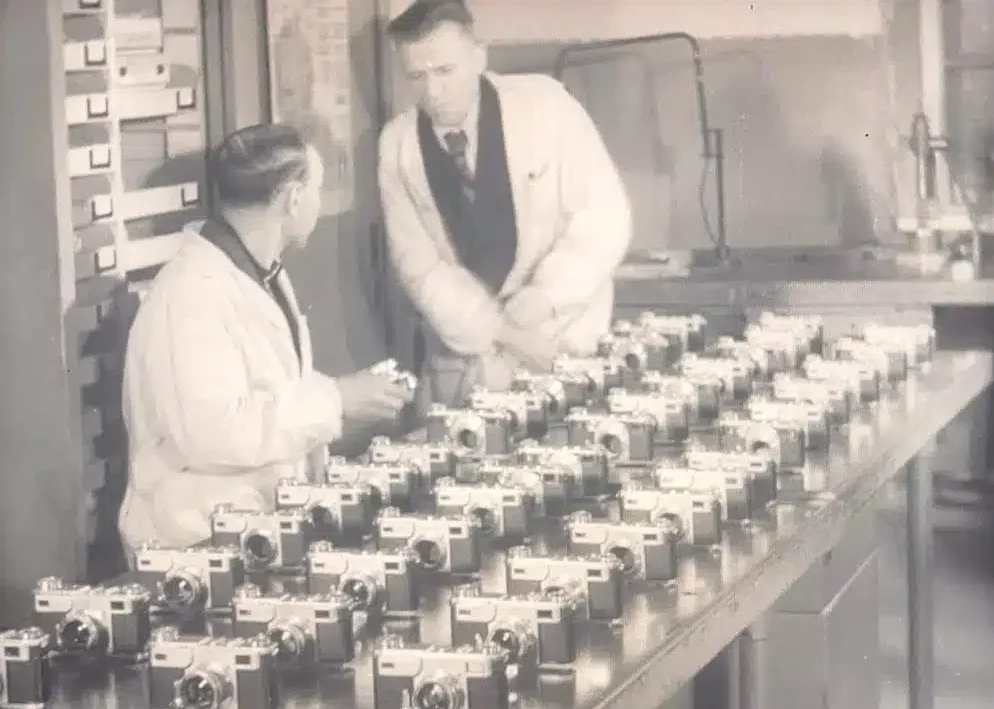
Technician inspecting Kiev cameras at the Arsenal factory in Kyiv. Public domain, via Kosmofoto
The Legacy of Factory Relocation
While not every operation was smooth, the overall impact of the Soviet Union’s efforts to relocate German factories was significant. In many cases, they successfully integrated German technology into their own industries, allowing the USSR to compete on a global scale in sectors like optics, cameras, aviation, and more. The Kiev cameras became a symbol of this technological transfer, providing the Soviet Union with a quality product that had its origins in Nazi Germany.
Although controversial, this practice played a vital role in the rapid industrialization of the Soviet Union in the post-war years. The Soviet leadership had successfully “stolen” German factories—sometimes quite literally—and used them to their advantage. This chapter of history serves as a fascinating example of how the aftermath of war can reshape industries, economies, and technological landscapes in ways that are still felt today.
So next time you see an old Soviet camera or machine, just remember—it might have started its life as a piece of German engineering.

